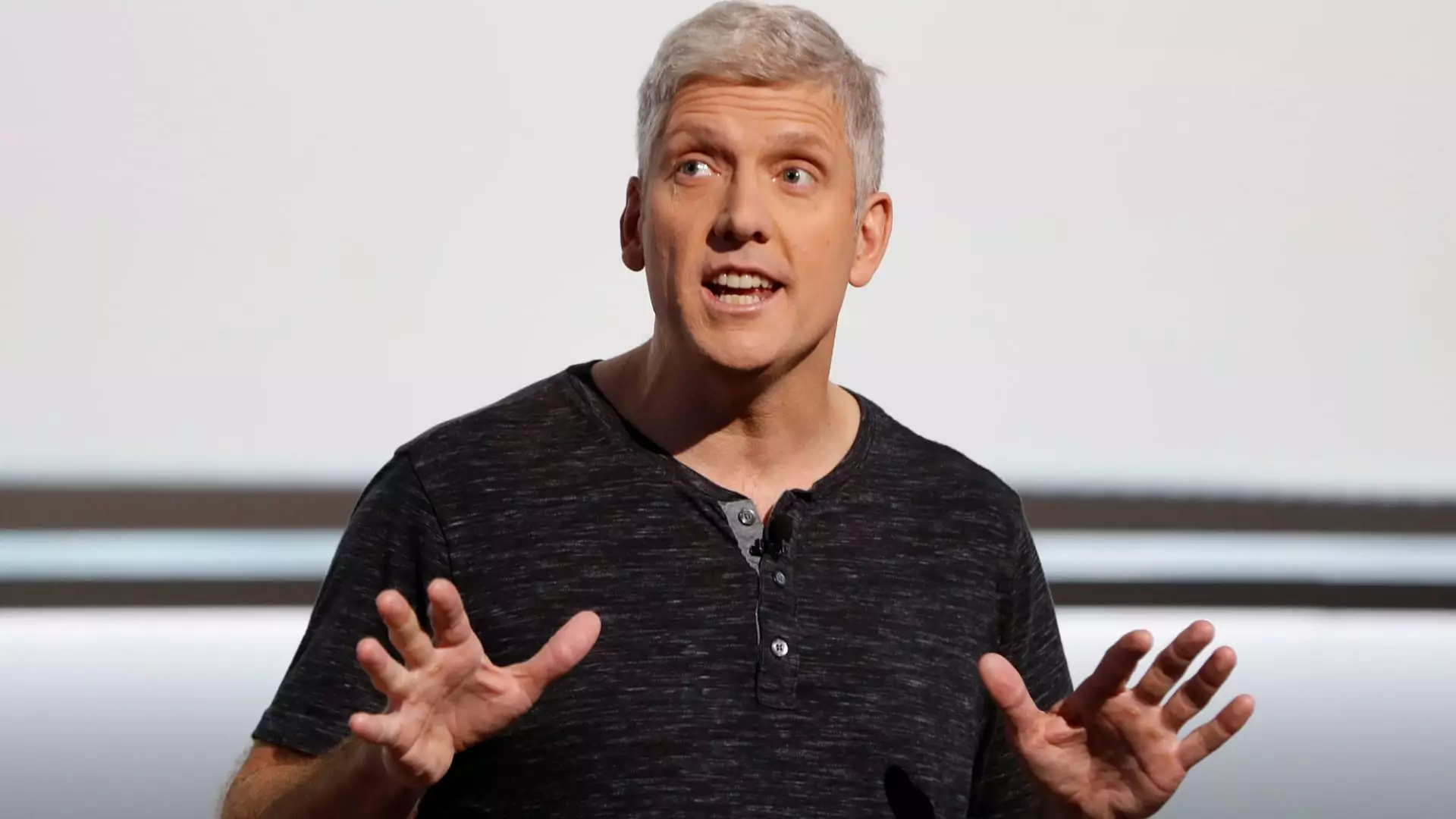In a notable move reflecting the dynamic nature of the tech industry, Google is offering voluntary buyout packages to employees within its “Platforms and Devices” (P&D) unit as part of broader cost-cutting measures. This action highlights the company’s strategic pivot toward artificial intelligence (AI) while also seeking to streamline its workforce, particularly in a segment that houses a diverse portfolio of products and services.
Google’s P&D division is a significant segment, comprising over 25,000 full-time employees engaged in the development of various products like Android, Chrome, Google Photos, and Nest devices. This unit not only focuses on software but also encompasses hardware, which includes the development of the Pixel smartphone series and Fitbit devices. However, as the demands of the tech landscape evolve, so too does Google’s approach to managing its workforce within this expansive division.
In a memo to employees, Rick Osterloh, the Senior Vice President of P&D, articulated the rationale behind the voluntary buyout program. It’s increasingly clear that the pressures of innovation in areas such as AI necessitate a recalibration of the division’s workforce dynamics. The buyout program provides a chance for employees to step back willingly, thus minimizing potential turmoil associated with involuntary layoffs.
The distinction of the buyouts being voluntary is significant; it showcases Google’s recognition of employee sentiments amid anticipated workforce reductions. Internal discussions amongst employees indicate a mixed reception to the prospect of layoffs. While some employees express relief that Google is considering voluntary exits before implementing layoffs, others are awaiting clarity on future job security. This buyout strategy reflects a compassionate approach that prioritizes employee choice, which can foster goodwill even amidst such challenging transitions.
Employees have until February 20 to enroll in the program, with acceptance notifications set to be communicated by March 25. This timeline allows employees to process the implications of their decision and aligns with Google’s transparent communication style, which is crucial in maintaining trust within the workforce.
Osterloh’s statement regarding the need for the division to “operate with more efficiency and velocity” sheds light on the underlying motivation for this initiative. As Google channels a greater share of its resources toward AI, it becomes increasingly essential for the P&D unit to be cohesive and aligned with the company’s evolving objectives. The buyouts can thus serve as a mechanism to eliminate redundancies and enhance productivity among remaining staff who are aligned with the company’s core mission.
The context of these changes is further colored by Google’s recent expansion of AI capabilities across its devices. The acquisition of a portion of HTC Vive’s engineering team underscores Google’s commitment to advancing its AI platforms in the competitive realm of augmented and virtual reality. This strategic investment speaks volumes not only about where Google intends to place its bets but also about the pressures existing employees may feel to remain relevant and innovative in an ever-accelerating market.
From a financial standpoint, the P&D division, while not rivaling the revenue generated by Google’s search ads, has shown promising growth with a revenue jump of 28% year-over-year, reaching $10.66 billion in the third quarter. This ascent hints at profitability potential; however, it might not be enough to guard against external market pressures such as rising hardware costs spurred by looming tariffs under government policies. The necessity to remain agile in both workforce dynamics and financial strategies is paramount for Google as it navigates these uncertainties.
Furthermore, as tech companies face economic headwinds, employee retention strategies become increasingly critical. Amidst the evolving landscape, Google’s voluntary buyouts may be seen as a prudent move, ensuring that each member of the team is fully invested in the collective goal of pursuing innovation and excellence.
Google’s buyout initiative reflects a thoughtful and strategic approach to workforce optimization amid shifting priorities toward AI and efficiency. While the move indicates potential cuts, the voluntary nature of the buyouts provides employees with agency in their career decisions, perhaps paving the way for a more focused and dedicated workforce aligned with Google’s ambitions. As the tech landscape continues to evolve, such initiatives will be crucial in determining how companies like Google respond to both challenges and opportunities that lie ahead.


Leave a Reply